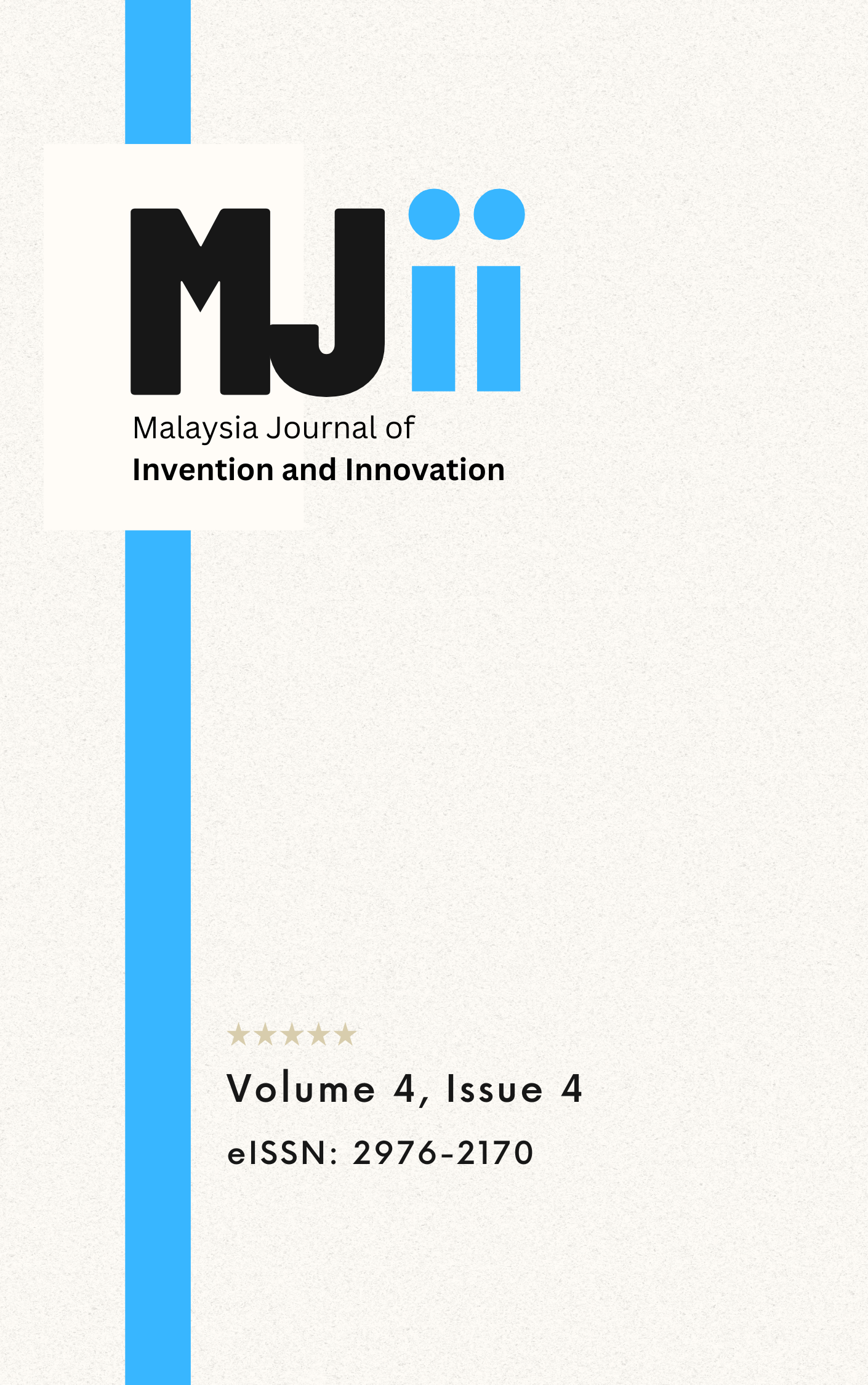The Effectiveness of the AYU-OCS Portal in Improving Teachers’ Teaching Activities in The Classroom
DOI:
https://doi.org/10.64382/mjii.v4i4.121Abstract
This study evaluates the AYU-OSC Portal, a digital education platform designed to enhance teaching practices and student engagement. Leveraging a quantitative approach, data were collected from 135 educators, predominantly female (85.9%), aged 35–54 years (88.2%), with most holding bachelor’s degrees (69.6%) and having 10–20 years of teaching experience (63.7%). The portal demonstrated high usability, with mean scores of 4.45 (SD = 0.70) for ease of use and 4.30 (SD = 0.81) for frequent usage. Accessibility ratings were also strong, particularly in enhancing self-education (Mean = 4.59, SD = 0.55) and adaptability (Mean = 4.56, SD = 0.53). Aligned closely with curriculum needs, the portal's resources scored highly for their effectiveness, with mean scores of 4.53 for both alignment and multimedia engagement. Teachers highlighted its positive impact on knowledge exchange, self-directed learning, and overall classroom dynamics. However, some challenges were noted, including navigation complexity (Mean = 3.53, SD = 1.16), suggesting areas for refinement. To further optimize the portal, respondents recommended integrating interactive elements, gamification, and advanced content to cater to higher education needs. These enhancements would elevate engagement levels and address diverse user preferences. The AYU-OSC Portal stands out as a scalable and inclusive solution, leveraging digital tools to meet modern educational demands. By addressing user feedback and refining its features, the platform demonstrates significant potential to transform teaching methodologies, foster equitable learning opportunities, and support educational innovation on a broader scale.
Downloads
Published
Issue
Section
License
Copyright (c) 2025 Hamidah Mat, Farrah Wahilda Khirluddin, Nurlisa Kamba, Wan Hazaruddin Wan Hassan, Muhammad Suffi Yusof, Zuly Rahimie Zulkfli, Lim Yiet Im, Agila Themmedu

This work is licensed under a Creative Commons Attribution 4.0 International License.
The authors of MJII retain copyright to the content of the articles.
The content is published under the Creative Commons Attribution (CC BY) 4.0 which allows content to be copied, adapted, displayed, distributed, republished, or otherwise re-used for any purpose, including for adaptation and commercial use provided the content is attributed without any restriction.
Authors Rights
The Journal grants you the following non-exclusive rights, subject to giving propoer acknowledgement to the original journal. The authors may:
(i) to reprint or reproduce the contribution, in whole or in part, in any publication of your interest.
(ii) to use material for teaching purposes; including availability of the matarial in academic course.
(iii) to post a copy of the contribution on your personal or institutional web server, provided that the server is non-commercial and there are no charges for access, and
(iv) to deposit a copy of the contribution in a non-commercial data repository maintained by an institution of which you are a member.
Author's Agreement
Author(s) guarantee the journal the following:
(i) that the contribution is their original work;
(ii) that it contains, no matter what, content that is defamatory or is otherwise unlawful or which invades rights of privacy or publicity or infringes any proprietary rights (including copyright);
(iii) that the contribution has not been published elsewhere in whole or in part and that no agreement to publish is outstanding other than this agreement. Author(s) agree to be responsible and hold the journal, its editors, staff and affiliate organizations harmless against any claims arising from or related to the breach or inaccuracy of any of the guarantees listed above.
Disclaimer
The editorial team of the MJII and the publication team of Academica Press Solutions share no responsibility regarding the views and opinions expressed by the authors.
The content published in MJII is Open Access and can be shared, adapted, reproduced, reprinted, after appropriate acknowledgment and giving due credit to the author(s) work.


